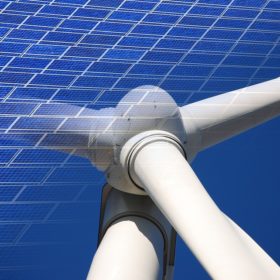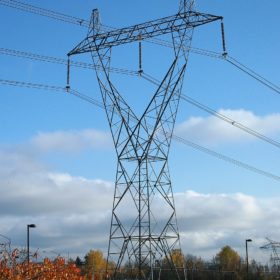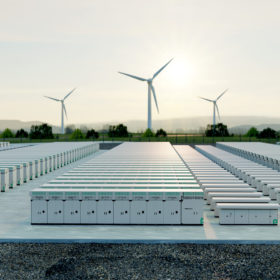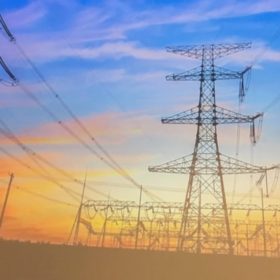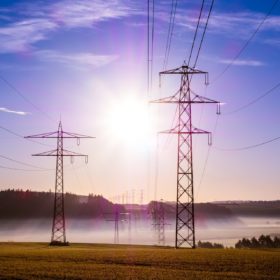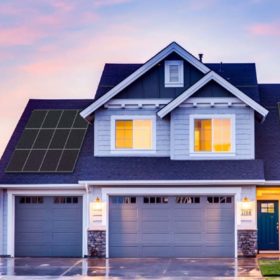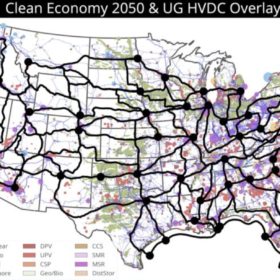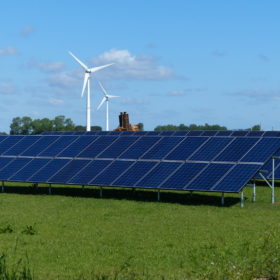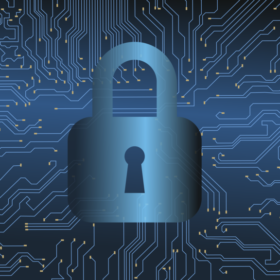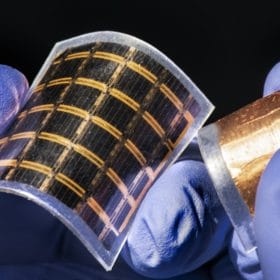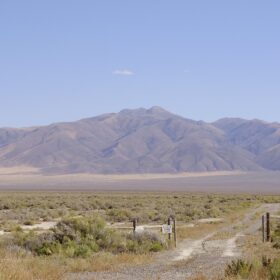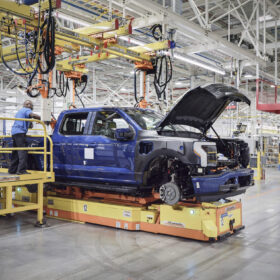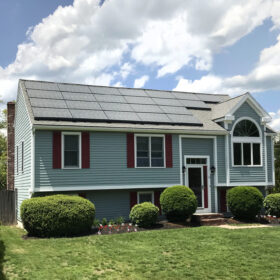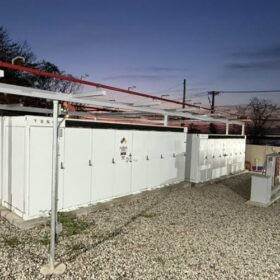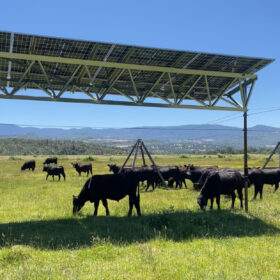NREL projects renewable generation could approach 70% by 2035
Solar and wind deployment would increase sharply under the forecast from the National Renewable Energy Laboratory.
Transmission needed to carry wind power from the central U.S. eastward, DOE finds
To cost-effectively reach a high level of renewable generation, additional transmission will be needed to connect the wind belt in the central U.S. to eastern grids, according to early results from a Department of Energy study.
PNNL team proposes how storage as transmission could earn market compensation
Pacific Northwest National Lab researchers have developed a framework for compensating energy storage as a dual-use asset, earning revenue both as a regulated transmission asset and as a competitive market participant, while reducing both system and customer costs.
RFP Alert: DOE Transmission Facilitation Program seeks capacity contracts
A federal program to help deploy new or expanded transmission capacity will favor transmission projects that will deliver renewable power, because contributing to lower greenhouse gas emissions is one of several evaluation criteria.
DOE priorities for $3.8 billion in grants include distributed resource aggregations
Under a U.S. Department of Energy program to promote grid flexibility and resilience, distributed energy resource aggregation projects may seek to share in $1.1 billion in smart grid grants.
Utility shortcuts on residential solar applications contribute to delays, researchers find
Researchers aimed to find better screening shortcuts that could fast-track more residential solar, while meeting utility concerns. Of nine utilities surveyed, three rely on smart inverters to integrate residential solar, an approach that has expedited interconnection in Hawaii.
Proposed HVDC macrogrid to transmit low-cost renewable power
A grid modeling firm proposes an underground high-voltage DC transmission overlay for the continental U.S. that, along with increased solar deployment and even greater wind deployment, would help reduce climate pollutants and electricity costs.
Post-election, four states now poised to speed renewables deployment
Governors-elect in Maryland and Massachusetts aim to speed deployment of solar and wind power, while in Minnesota and Michigan, re-elected governors could submit their clean energy goals to legislatures with new Democratic majorities. Arizona might join the club.
Preventing cyberattacks on distributed energy resources
As cyber risks rise with increasing deployment of distributed energy resources, the government and industry are defining the steps needed to ensure cybersecurity.
Federal agencies are pursuing 37 R&D areas to help reach climate goals
A net-zero power grid with electrification is a priority area for research and development, says an interagency assessment, with R&D needed to advance distribution systems, transmission planning, long duration energy storage, and use of highways for transmission.
